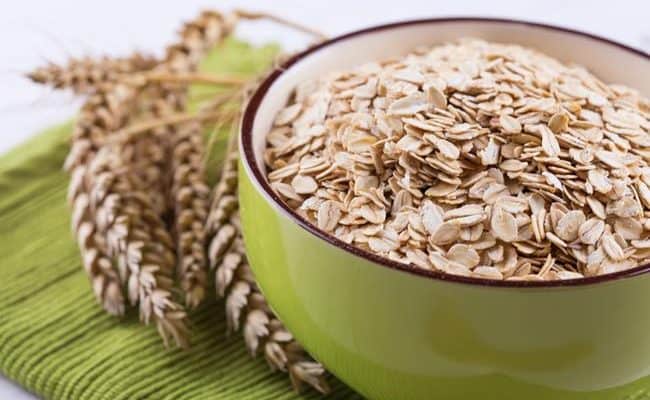
Weight loss plans usually involve exercise as a means to increase calorie burn needed for successful weight loss. Exercise has many health benefits and can be beneficial for long term weight loss and maintenance. However, as researchers from a 2014 review
(1) suggest, weight loss from following an exercise program can sometimes be disappointing. Weight loss can take more than following an exercise program.
Exercise increases calories burned during exercise and even increase calorie burn after exercise. Exercise helps keep muscle mass during weight loss which can be beneficial for metabolism and lowering disease risk.
Exercise also influences muscle mitochondria to burn fat more efficiently as a fuel.
Why does exercise not always lead to planned, successful weight loss? Other factors besides following an exercise plan influence weight gain.
Running can have a high calorie burn and be considered a way to enjoy heart health benefits of cardiovascular exercise.
You can lose belly fat by running, but other factors can also hinder or improve your weight loss results.
How much you run, what else you do the rest of the day, your diet and adding variety into your exercise routine can help increase belly fat loss while following a running plan for weight loss.
Moderate exercise and weight loss
Exercise like running, fast walking or cycling can be beneficial for weight loss.
However, a significant effect on weight loss from aerobic exercise is usually seen only if the exercise training is very high.
In other words, following basic exercise guidelines from the American College of Sports Medicine (ACSM) of 150 minutes of moderate exercise per week can have many health benefits, but significant weight loss may not happen.
Starting gradually with an exercise program is recommended. Working your way up to the ACSM recommended guidelines is good, but going beyond the general exercise recommendation may be necessary to lose belly fat.
A 2007 study (2) concluded at least 10 MET hours per week is required for belly fat reduction, and the relationship between aerobic exercise and belly fat reduction is dose respondent.
Exercise that is considered around 10 MET includes jogging around 6.0 mph for most people (3).
Another benefit running and other exercise can provide is increasing your metabolic rate hours after exercise.
According to a 2011 CNN article (4), research from Yale University suggests people who run for 4 hours or more a week burn more calories than people who don’t run.
Add in strength and some interval training
Running can increase calorie burn during and after exercise, and running can improve how muscles use fat as a fuel. The body can adapt to exercise over time, and adding new variety, intensity or time with exercise can be beneficial.
It can be easy to get into a “rut” with running by running the same pace and distances. If running a certain pace or distance becomes easier with time, changing up your intensity or time can help weight loss continue to occur.
Doing some speed workouts in running training can help improve running speed and can also be beneficial for weight loss as well.
Another consideration for losing belly fat while following a running exercise plan can be adding in strength training.
A 2014 article (5) in Today suggests a study concluded with over 10,000 men those who did 20 minutes daily of strength training had less belly fat than men who did only aerobic exercise.
This Harvard study suggests adding in strength training with aerobic exercise can help lower abdominal fat associated with getting older.
Both aerobic exercise, like running, and strength training can be helpful for weight loss and overall health.
If you are following a running exercise program for weight loss, adding in some strength training could help lose more belly fat.
Pay attention to your food intake
One rationale why exercise does not always show to be significantly beneficial for weight loss is because food intake can go up with an increase in exercise.
Humans can naturally do a pretty good job of matching food intake for an increase in calories burned.
It can be easy to justify extra splurges or larger portions when we are ramping up exercise. If appetite goes up once exercise starts, it’s important to fill up on healthy, high fiber nutrient dense foods.
Avoiding extra added sugars and processed foods is still beneficial for weight loss.
Exercise can be helpful for shifting weight loss, but you still need to watch your energy intake.
Conclusion: Running and losing belly fat
Can you lose belly fat by running? Yes you can. Running is a high calorie burning exercise that also benefits heart health. However, just adding a moderate amount of running your daily life may not lead to significant weight loss.
Studies suggest significant weight loss could take a high amount of exercise.
Plateauing with weight loss can also happen with any exercise plan as the body adapts to training.
Continuing to add in a variety of intensity level and duration throughout your running program could help give you even better results for losing belly fat.
Adding in strength training may also help lower belly fat in addition to running. Remember, running can help with losing belly fat but only if it goes in hand with following a healthy diet.
The temptation to splurge more and more because you are exercising more can hinder weight loss results.










